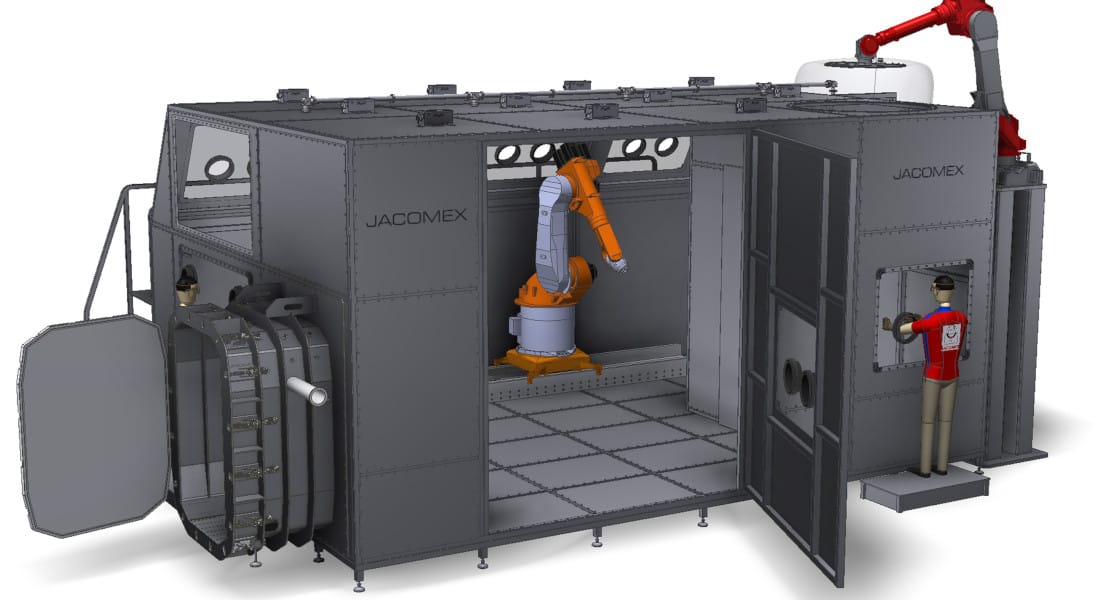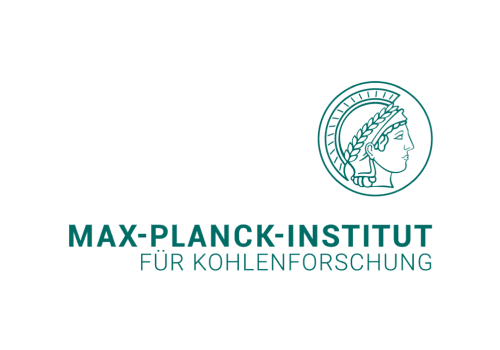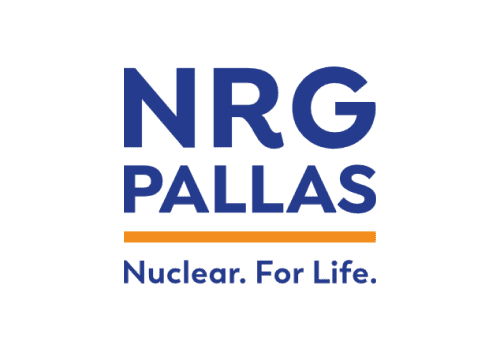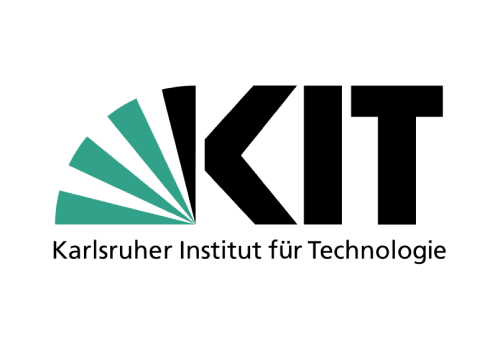Challenges of using additive manufacturing in the aerospace sector
Manufacturers are constantly facing new challenges. They face a host of challenges, from production costs, safety, time savings and improved working conditions for employees, to the environmental issues inherent in the society in which they operate.
Their production processes must be constantly reviewed to ensure that they remain at the cutting edge of technological innovation. The aeronautics sector is one of the most demanding: the components used must be solid and able to withstand different environments, they must be light and pollute as little as possible, while guaranteeing maximum safety.
All these factors are driving aerospace manufacturers to use new methods, each more innovative than the last. These include the use of additive manufacturing (or 3D printing), which can reduce costs, lead times and the use of materials while maintaining high quality standards and improving product performance.
However, there are still significant hurdles to overcome before additive manufacturing can be widely adopted in the aerospace sector. Chief among these is ensuring that strict safety requirements are met during production and that all parts comply with industry-regulated standards. In addition, an accelerated production process may require greater initial investment in equipment and training of staff on how to use it safely.
Additive manufacturing technologies need to be validated to ensure that they meet regulatory requirements while being cost-effective compared to traditional processes. All of these factors mean that, in order to successfully integrate additive manufacturing, manufacturers must remain extremely vigilant and, of course, comply with all the safety standards in force. Additive manufacturing for the aerospace sector is undoubtedly a promising technology, always ready to meet the evolving needs of manufacturers in the field.
Advantages of 3D printing in the aviation sector
The aeronautical industry is a demanding sector, requiring rigorous production and the utmost respect for the standards in force. Additive manufacturing offers many advantages for the aeronautics sector.
Creating lightweight components
The aerospace industry has to constantly contend with one of the biggest expenses in its production: fuel. As well as polluting the environment, fuel is becoming increasingly expensive. To reduce this expense considerably, lighter parts need to be manufactured. Traditional manufacturing processes (or subtractive manufacturing) have their limits when it comes to reducing the weight of components, whereas additive manufacturing delivers excellent results in terms of both structure and durability.
The use of additive manufacturing not only reduces the weight of a chassis by 25%, but also improves its structural integrity without the need for fasteners such as screws and bolts. In short, as well as reducing the weight of components and de facto fuel consumption, 3D printing makes it possible to increase the strength of aircraft components.
Construction of complex geometry parts
Aerospace components require highly complex geometric designs to fit into the tightest spaces, from helicopter parts to turbine engines. Instead of manufacturing complex individual parts and assembling them at the end, design engineers can now use 3D printing to create an entire model with internal components, without the need for additional assembly.
The process is so efficient that it can even be used for additive manufacturing in powered aircraft. Using CAD (computer-aided design) print data, a 3D printer produces a single part with complex geometries and internal dimensions fully included.
With additive manufacturing, complex parts can be produced in a short time and with minimum effort, using a wide variety of materials such as metal and carbon fibres.
Faster, more efficient prototyping
Aerospace engineers can create and test prototypes quickly with 3D printing, avoiding the design moulds and outsourced production associated with traditional manufacturing processes.
This faster-to-market advantage gives aerospace companies a clear edge over their rivals in the shared race for market dominance.
Increased internal strength of parts
When small components are assembled to form a larger object, the overall strength of the structure can be affected. However, with additive manufacturing, design engineers are able to create entire parts without joints that can weaken the structure, whether they are hollow centres or internal components. In addition, additive manufacturing can take full advantage of composite materials in the aerospace industry, an area where it has a clear advantage over traditional production methods.
Thanks to additive manufacturing and the technique of superimposing layers, you can concentrate on each part of the component that will have to withstand different external factors (atmospheric pressure, etc.). The end product is all the more resistant as a result.
Reduced material storage requirements
The aerospace sector has an extensive supply chain, making it one of the most complex industries. To ensure that parts are available when they are needed, many aerospace companies hold large stocks in warehouses, adding to their overheads and logistical problems.
Additive manufacturing is a fast and efficient process that allows aerospace manufacturers to produce components themselves – including bespoke parts – in much less time and at a lower cost than through the standard supply chain. This eliminates the need to stock large quantities.
Reduced manufacturing costs
By taking advantage of additive manufacturing for the aerospace sector, companies can save time and money when producing prototypes.
Unlike subtraction methods, which generate up to 98% waste, 3D printing techniques enable companies to quickly generate precision models at minimal cost.
What’s more, this revolutionary technology eliminates the need for expensive moulds, significantly reducing project lead times. The main advantage of additive manufacturing lies in its ability to reduce material waste and, as a result, production costs.
There are up-front costs, but these are quickly recouped by the long-term savings. This makes additive manufacturing an incredibly cost-effective option for manufacturers looking to reduce costs while improving efficiency.
Traditional and additive manufacturing for the aerospace industry
Additive manufacturing, more commonly known as 3D printing, is an innovative process for building objects layer by layer from a three-dimensional digital model. This technique makes it possible to manufacture complex geometries that are not available using traditional manufacturing methods. Unlike subtractive or traditional manufacturing processes in which material is placed in a mould and, as it dries or cools, excess material is removed by cutting, this process takes a completely different approach. Instead of removing material from a pre-existing shape, this process involves adding new material until the desired shape and structure is achieved. Additive manufacturing for the aerospace industry is successfully meeting challenges such as reducing waste, cutting fuel consumption, saving time and improving profitability.
It is important to note, however, that the aerospace industry has to be extremely careful about the conformity of the parts it manufactures. Conventional manufacturing already has a rigorous specification process, which is not the case with additive manufacturing. To guarantee the precision and quality of parts manufactured using additive methods, an explicit procedure must be established at the start of each project’s development.
The aerospace industry therefore faces a number of challenges in the area of additive manufacturing, not least ensuring that each part produced is identical to the previous one in order to comply with production standards. It is also difficult for suppliers to pass tests and comply with regulations, as 3D printing is still a relatively new technology, making it difficult to print parts on a large scale. In short, aerospace suppliers need to ensure that their products are up to scratch when they incorporate this modern manufacturing method into their processes.
3D printing in aeronautics: a successful journey into the future of flight?
Additive manufacturing or 3D printing is a relatively new concept in the aerospace sector, but it could help transform the industry and drive it forward. Additive manufacturing has already proved its worth in other sectors, and its capabilities are also being tested in aerospace. It promises greater design complexity, lighter and stronger components, lower production costs and shorter lead times.
3D printing technology enables parts to be produced more quickly than traditional manufacturing while maintaining the same level of quality assurance. Additive manufacturing also offers users the possibility of creating customised components that would otherwise require expensive tooling or manual labour. Finally, this new technique reduces the drudgery of work experienced by employees by improving ergonomics and reducing the number of passes from one machine to another.
Additive manufacturing therefore offers an exciting opportunity to revolutionise the way aircraft are designed, manufactured and maintained, as companies in the field constantly seek to innovate in order to offer solid, resistant and safe products, while increasing their economic profitability.
Technology is constantly evolving and manufacturers are keen to evolve with it, taking advantage of the benefits it can offer and producing ever more efficient and innovative materials.
















